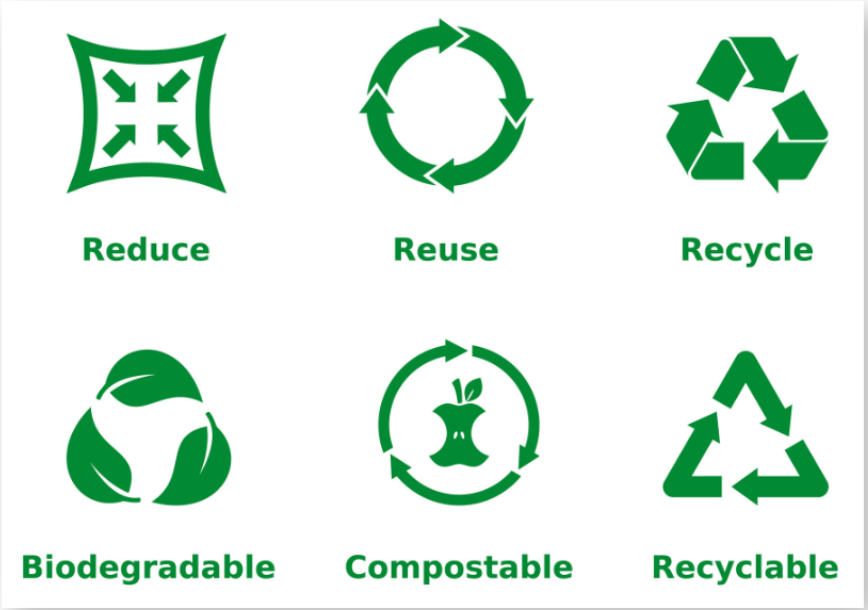
On 1 January 2023 the UK will begin implementation of its new Extended Producer Responsibility (EPR) legislation to replace the current Packaging Waste Regulations. The environmental policy will require brands/producers to pay the full costs of dealing with the waste they produce from when it is placed onto the market to its end of life.
The EPR legislation is the latest move by the UK government to encourage businesses to improve their environmental footprints, prevent waste at its source and encourage innovation.

Packaging Gateway’s Ryan Ellington spoke to co-founder and CEO of sustainable packaging supplier Transcend Packaging, Lorenzo Angelucci, about how the EPR legislation will affect businesses and what more the UK can do to improve its circular infrastructure.
On EPR Angelucci says the objective is to make packaging producers significantly more responsible for the packaging they place into the market and its end-of-life.
“It’s posing an additional task to the packaging industry because we have to start collecting data. What type of packaging, how many tonnes and where does it go? It’s quite an articulated request. The data collection starts at the turn of the year and in 2024 the taxation will come into place.
“Ultimately, the government stated the purpose of EPR is to use the revenue generated from EPR to help streamline the collection’s infrastructure. The EPR taxations are going to be several modulated bands of taxation. So how your product performs at the end of its natural life is going to determine what kind of tax treatment it receives.
“If it’s easily recycled, it’ll get a more favourable tax treatment. If it’s difficult to recycle it will get a more harsh tax treatment. The revenue generated will create a pool of at least GBP1bn (US$1.21bn) to GBP2bn that will go to councils to help streamline the collection’s infrastructure, create collection consistency and allow for higher rates of recycling, whilst spurring brands to choose more sustainable packaging options.”
Angelucci says the EPR legislation will place significant additional compliance burdens on the packaging industry and ultimately raise costs. He also states that the number one issue is the current UK infrastructure around recycling is not homogenous and that a new system is needed to shake up what has, for too long, been a sub-optimal and inconsistent approach to recycling.
“Every council and every European state has its own way, so the first thing to do is to make our systems all the same. We should make all our symbols the same so it’s easier for the consumer to know what to do at the product’s end-of-life. At the moment it’s not clear.
“The second problem is that the infrastructure is not organised in a way to make a feature of the recycling of the product. For example, compostability has to be taken into the equation, not just recyclability. That is because compostability is a way to recycle too. If we stick to the traditional system, that is a large amount of waste that cannot be recycled. Think about packaging that contains food. Food is considered a contaminant by the paper mill.
“If you have a multi-fibre container which has some food left in it, that shouldn’t be recycled in the traditional recycled stream, but it could be compostable. So there must be, in my opinion, an investment in the infrastructure of composability as well. For example, in the north of Italy, every municipality more or less has a composability facility. So make it simpler, make it easy for the end user to follow. Invest more in infrastructure, more in training and more in communicating how to make end-of-life packaging easier and more effective.”
With there being a worldwide push to end the use of harmful plastics, Angelucci says not all plastics are bad and not all plastics are the same. He reminds Packaging Gateway that some plastics are easily recyclable, some are compostable whilst some are difficult to recycle because of the way they were created and that easily identifiable, universal symbols would hugely help the infrastructure.
Angelucci says that as brands continue to emphasise their shift to more sustainable outcomes, which are driven by regulations and consumer preferences, it is critical the government puts serious effort into improving the collection infrastructure if it’s to unlock the full potential of the initiative.
“This new collection infrastructure needs to recognise that there is a lot of innovation happening within the packaging industry that can lead to greater sustainability. At Transcend we make paper straws, cups, cartons and we’re about to move into using moulded fibre on a very large scale, such as replacing plastic lids with moulded fibre. The infrastructure has to accommodate the significant amount of innovation that is happening in the industry. It would be a shame if some really innovative, groundbreaking solution only had a limited life because the infrastructure wasn’t designed to reflect the innovations occurring.”




